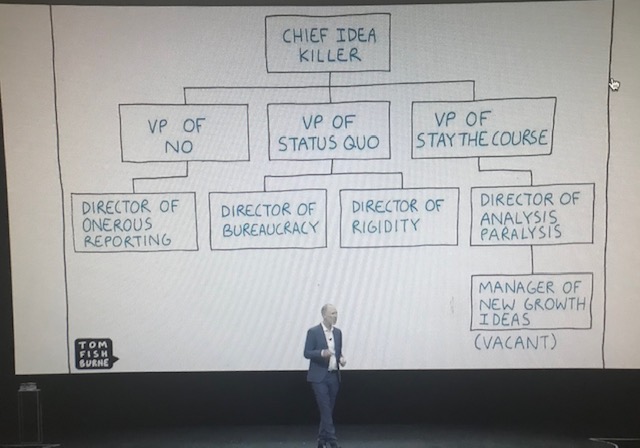Blog Series on “Survey” – Blog # 1
“Confused, fatigue, waste of time, irritated and sometimes angry or afraid…”
Have you ever experienced any of these feelings when you were asked to complete a survey? And sometimes you were not given the information on the purposes of the survey, how information is protected, shared, and stored, and who have access to view different levels of the survey results: the original raw data, the analyzed or manipulated data, the consolidated data, or just couple bullet points or some graphic charts.
A “bad” survey can cause more harm to both people and the organization that not having a survey. What happens if and when management chooses not to address the reported or alleged fraud, retaliation, harassment, or other alarming issues.
Over the past 20+ years, I have been asked to complete many kinds of surveys when I worked for several Fortune 100 companies. Recently I had an opportunity of providing review and coaching on survey questions before the questionnaire was sent out to over 1,000 employees in more than 50 countries.
To help organizations conduct an effective survey, reduce survey fatigue, promote ethical and healthy culture, and minimize legal risks, I plan to write a series of blogs on this topic to share some best practices and lessons learned. This is my first blog on a survey.
Lesson # 1: Conduct a survey when there is clarity on business objective or objectives
There was a time that I was told our global department would be conducting a survey because the sales department recently conducted one. A survey isn’t a competition sport nor a political gesture of showing an effective leadership or building an ethical and compliance culture
Lesson # 2: Start the survey with a clear understanding of decision makers and their process
Ask decision makers what their concerns and priorities are; what facts or feedback they hope to obtain through the survey, and whether they’re willing or ready to take actions based on the survey results. If decision makers do not plan to take any actions, then perhaps a survey isn’t the right way to get feedback. Conducting small focused groups interview or reaching out to different levels of people in 1:1 settings may be more effective than conducting a survey.
Also, inquire what their decision-making process looks like in order to figure out:
- Who are relevant parties or teams that shall be included or excluded from the survey
- What roles the decision makers plan to play and how they expect you to play before, during and after the survey.
- What factors the decision makers will consider during the decision-making process:
- Values and Culture
- Leadership and Management
- Team Skills and Interpersonal Skills
- Structure, Systems, and Processes
Lesson # 3: Comply with internal and external legal requirements
Internal Policies:
Most public companies have established Privacy Policy, Information Security Policy, and perhaps some requirements on how to conduct a survey internally and externally.
Study those policies, check with policy owners, and if necessary, engage the policy owners review the survey communication language that discloses how the survey will handle confidentiality or Anonymity, Privacy, and Communication of the results.
Third Party Survey Tools:
Some companies may require additional security and privacy measures if the survey questionnaire is being conducted by using a 3rd party application (such as Survey Monkey) instead of internal company owned application.
External – GDPR in EU:
The General Data Protection Regulation is a new law that regulates how the personal data of EU citizens can be collected, used, and processed by businesses. It takes effect on May 25, 2018, and while it’s being implemented by the European Union, it applies not only to organizations based in the EU but also to those that have customers and contacts in the EU. GDPR it’s going to have a huge effect on businesses all around the world.
External – Other Considerations:
In addition to GDPR and internal company policies, there may be other country or regional regulatory requirements on what and how data shall be collected, how consent is being communicated and disclosed, and what options are being offered, etc.
Stay tuned for the next Blog # 2 on Survey for more lessons learned.
Link to my other blog on “GDPR”:
https://www.hyrichter.com/2018/05/20/are-we-ready-for-gdpr-5-25-2018/





Leave A Comment
You must be logged in to post a comment.